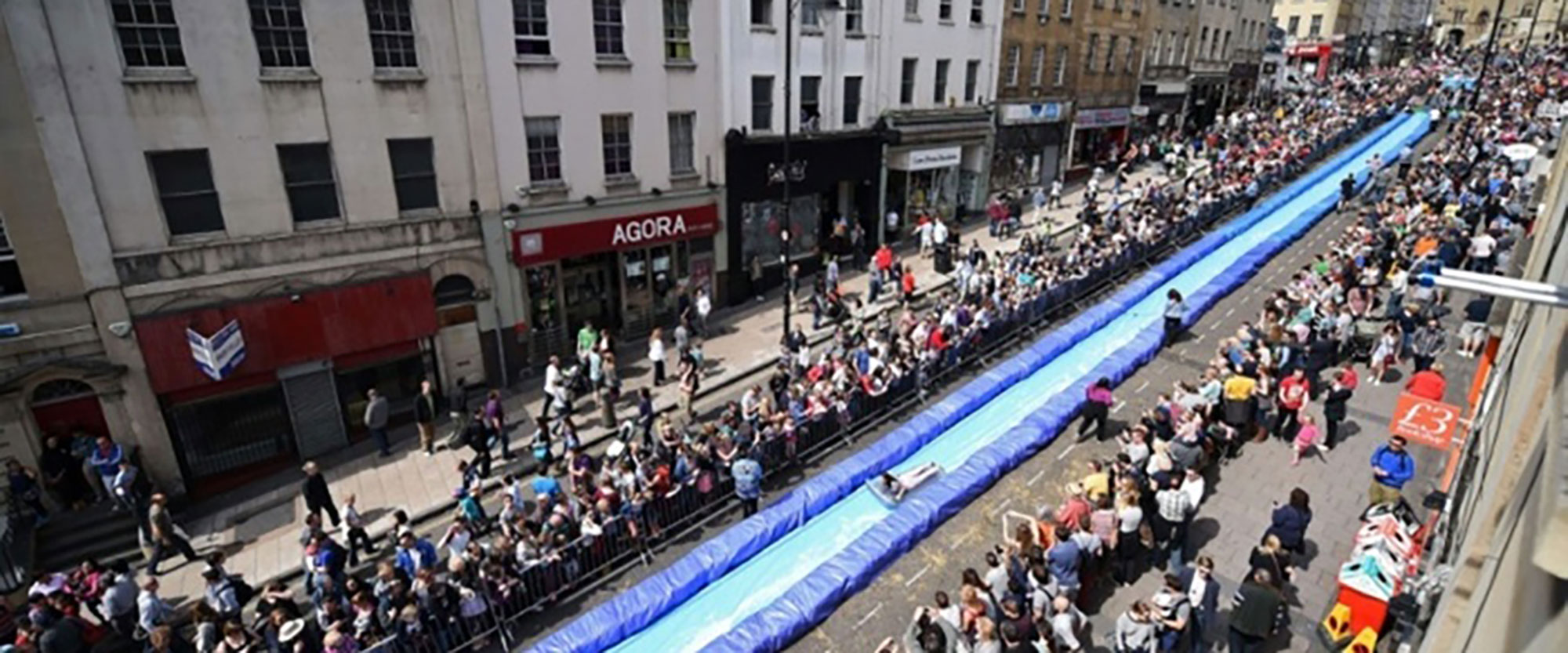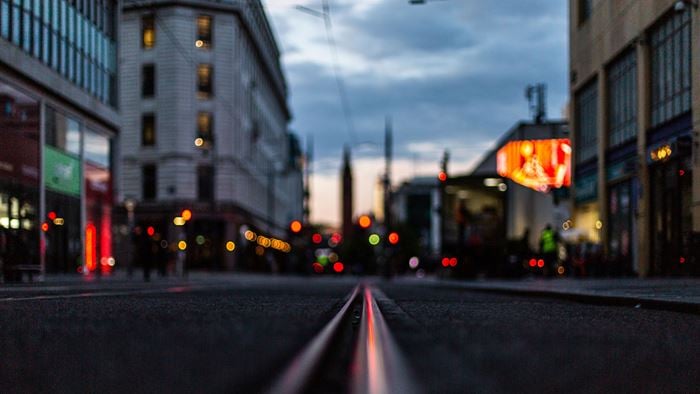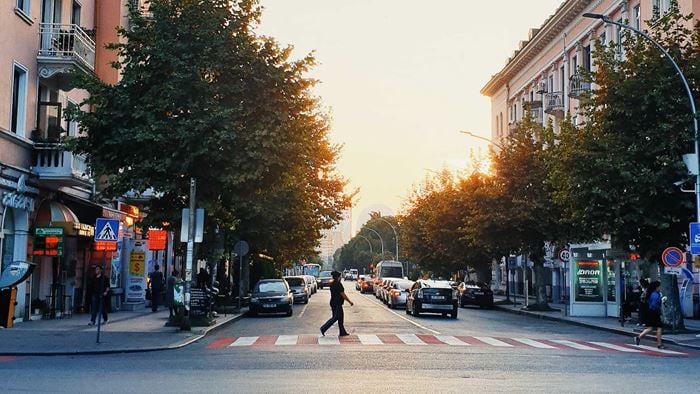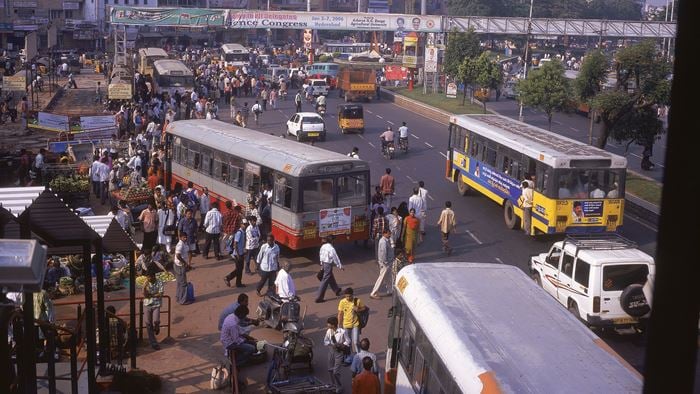If you want to introduce changes like new transport measures, then a trial is a great way to go about it. It helps people to see the full impact of the change and, unlike permanent changes, it can often be done quickly and cheaply without a long or complicated consultation period.
Implementing new measures, large and small, tends to be a slow process. In transport, you might go through a process of data collection, then modelling and forecasting, followed by consultation. So the flexibility, speed and decisive results you get with a trial are attractive to politicians – city mayors can see their flagship projects come to fruition before they leave office.
I think New York excels at this approach, particularly for small measures. One proposal to take out a small car park and replace it with a seating area worried some local business owners. Traders thought that without nearby parking spaces, customers would go elsewhere, so the scheme was trialled on a temporary basis to begin with.
What happened was unexpected – the space quickly filled up with people who wanted somewhere to sit, to spend time and relax. The question became not “Where have all the cars gone?” but “Where have all the people come from?” This experiment proved to be a very quick way to bring about a positive change.
And in Bristol, the city authorities tried a temporary street closure to create a giant water slide for the day. Even London’s Regent Street is regularly closed to traffic on Sundays to make way for events and other ways to use the space.
A short-term change may be unlikely to alter people’s behaviour, but longer trials encourage people to adapt – giving everyone a better indication of the impact of a permanent change. This is what happened in one suburb of Suwon, South Korea, where cars were banned for a month to simulate a low-carbon future.
Before the trial, residents typically drove everywhere, even parking on the pavements to go to the shops. Instead, the city supplied them with bikes, electric scooters and regular shuttle buses to out-of-town car parks. The results of this one-month experiment were permanent though. When cars were reinstated, residents asked for changes to their neighbourhood like a much lower speed limit and more restrictions on parking.
Larger schemes usually require consultation. But the voices of those against a change typically drown out the supporters, and people don’t always realise the full impact of the scheme they’re arguing for or against. A trial enables people to see if the new measures have the negative effects they expect, and if there are unexpected benefits.
Stockholm’s road pricing scheme shows that trials work for larger-scale projects too. Although many Stockholm residents were initially very vocal in their opposition to road pricing, the city decided to implement a six-month trial and follow this up with a referendum.
Voters were able to make an informed decision, rather than simply voting against a change they were unsure about. Can you guess what happened? After the trial, Stockholm voted yes.
I’d like to see trials used more often, and on a larger scale. There’s so much more we could achieve in this way – and if it doesn’t work, things can always be put back the way they were.
 ;
;






